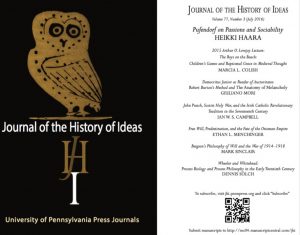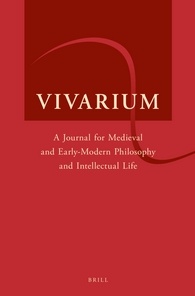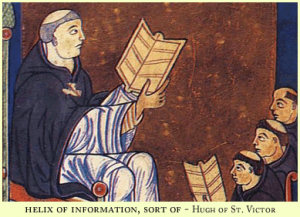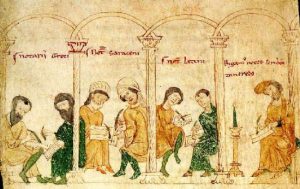Hanne Appelqvist, “What Kind of Normativity is the Normativity of Grammar?”, forthcoming in Metaphilosophy January 2017 issue
Abstract
The overall goal of this paper is to show that aesthetics plays a major role in a debate at the very center of philosophy. Drawing on the work of David Bell, the paper spells out how Kant and Wittgenstein use aesthetic judgment as a key in their respective solutions to the rule-following problem they share. The more specific goal is to offer a Kantian account of semantic normativity as understood by Wittgenstein. The paper argues that Wittgenstein’s reason for describing language a collection of language-games is to allow for a perspective that shows those games as internally purposive without any extra-linguistic purpose. This Kantian principle of the power of judgment, which is identified in Wittgenstein’s text, is sufficient for treating the rules of language as normative in spite of their contingent base in the historically varying practices. It also allows for that union of the general rule and its particular application in practice that the original paradox of rule-following is wanting.






